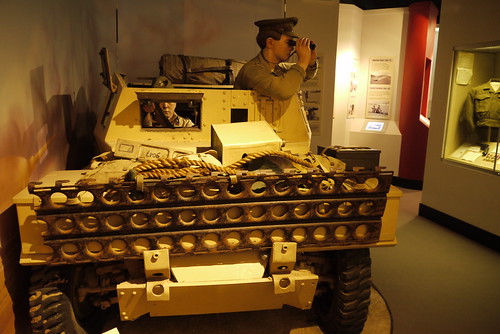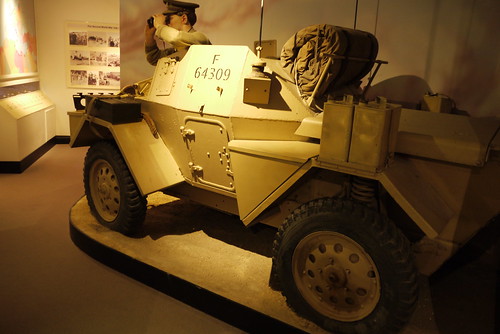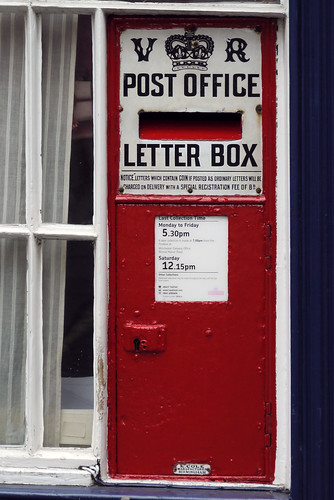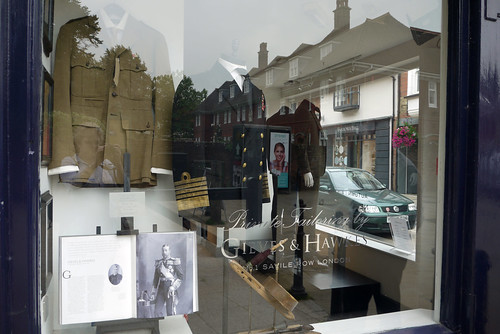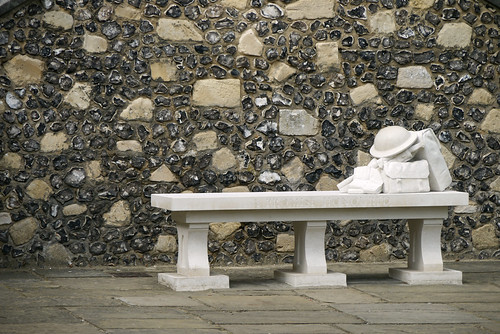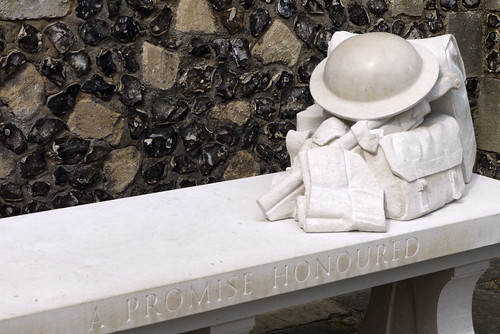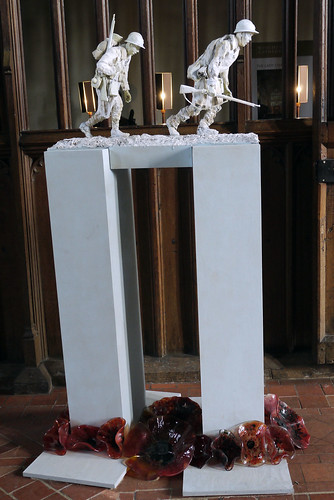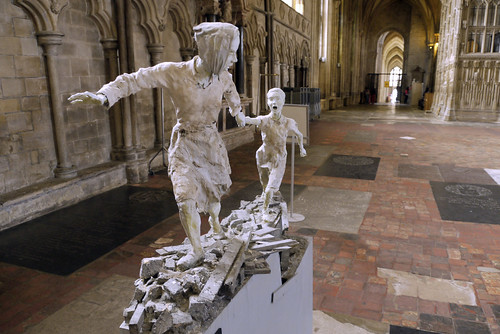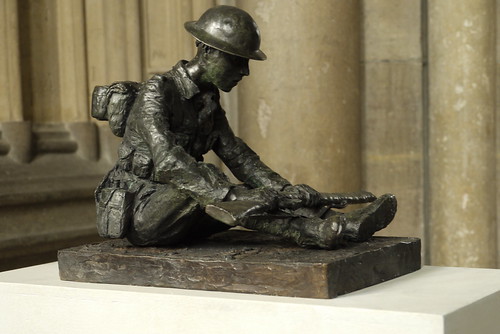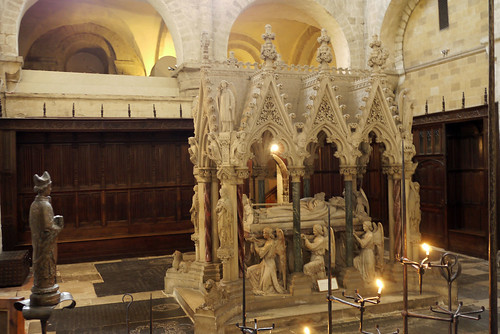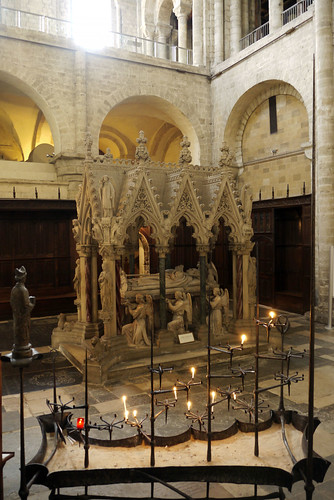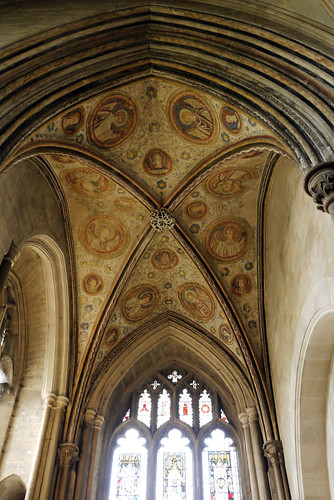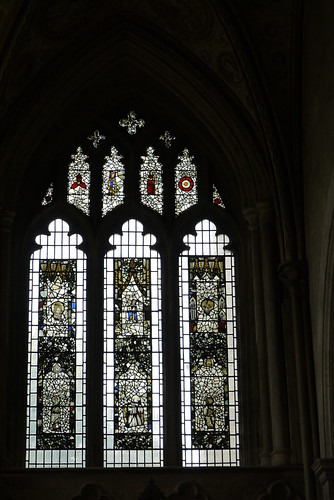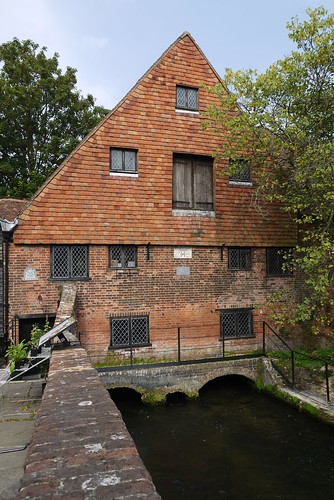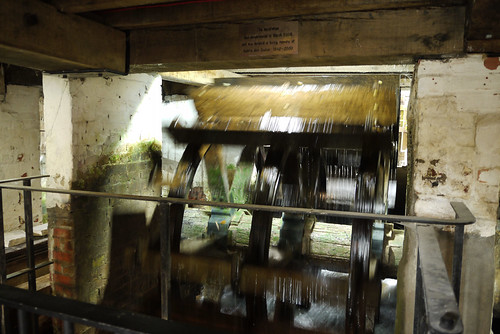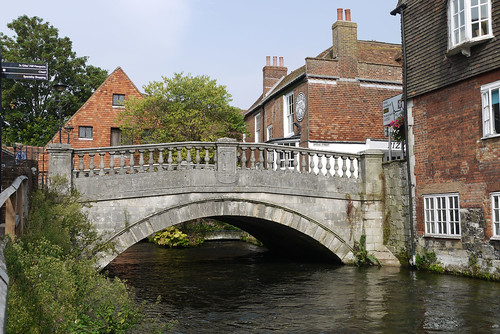
The work ‘chesil’ is in fact a derivation of ‘Cheeshill’ which in turn heralds back from the Anglo-Saxon word ceosel, meaning ‘gravel’. Chesil Street’s origins go back to the time King Arthur. Once know as ‘Cheese House’ the timber framed building is situated in a very prominent position, directly at the foot of what was then the only road to London. The Chesil Rectory, built between 1425-1450, is the oldest commercial property in Winchester & is one of the city’s best preserved medieval buildings. Built by a wealthy merchant, the right hand side of the building was used for commerce, the left hand side a private dwelling.
The front of the building is almost all original apart from the windows which would have been simple wooden bars & shutters. The famous oak doorway is the original entrance & is also where the livestock would have been led through on a stone pathway, from the front to the back of the house. The 2 fireplaces were a later extension in the C16th . Originally, simple vents in the roof would have let out the smoke & the walls & roof space would be blackened & the air quality very poor.
The building was taken by Henry VIII during 1500’s when he disbanded many religious building in England & Wales, know as “the dissolution of the monasteries. He subsequently gave the Chesil Rectory to his daughter, Queen Mary, known as Mary Tudor. Queen Mary’s lavish wedding to King Philip of Spain in 1554 at Winchester Cathedral almost bankrupted the city & as part payment for her expensive wedding celebrations & feast, Mary Tudor bequeathed the Chesil Rectory in 1555 to the City of Winchester. The building continued to be used as a private dwelling & in the late 1700s the house was divided into two tenements, with families living in each side. One family was a shoemaker who, in the large upstairs room, started Winchester’s first Sunday School
During the 1800s the house gradually deteriorated until it was deemed unfit for human habitation & was very nearly demolished by the Council. Fortunately it was bought & saved by Thomas & Co general stores in 1892 & it was thoroughly restored.
A one-time merchants house, antique shop, tannery, Rectors home, general store & tea rooms, the building housed a number of eateries for the past 50 years.*
The building is now a modern restaurant serving meals using local Hampshire produce.
*From a leaflet provided by Chesil Rectory

